In today’s competitive employment landscape, many organizations recognize that employees are their most valuable asset. To attract and retain top talent, employers must go beyond competitive salaries and create a holistic and meaningful employee benefits package that address diverse workforce needs.
Understanding and addressing any gaps in employee benefits is crucial for employers who aim to create an engaged, supported and satisfied workforce. Well-rounded benefits packages often translate to enhanced employee well-being, boosted retention rates and a positive work culture.
Did you know? Employees who are very satisfied with their employee benefits plans are almost 4x more likely to be very satisfied with their jobs.
Below we’ve highlighted proactive steps employers can take to assess and identify gaps in their employee benefits package.
Employer Considerations for Evaluating a Benefits Package
Identifying gaps in benefits offerings can be a complex task, as it requires a careful assessment of employee preferences, trends and organizational resources. Consider the followings strategies for identifying and addressing these gaps:
Review existing benefits.
Start by reviewing the current employee benefits package. While taking inventory of benefits, organizations should assess if they offer the basics (e.g., health insurance, sick and family leave) or anything unique compared to competitors or other employers in their industry. This is also a good time to review benefits utilization to better understand if there are any benefits that employees do not or rarely use.
Analyze employee demographics and specific needs.
Demographics, such as age, gender and marital status, can influence employees’ preferred benefits. Recognize that those needs can shift over time, so this is an ongoing exercise.
Gather employee feedback.
Conduct surveys, focus groups or collect feedback through other methods to gather information and opinions directly from employees. Employers could inquire about employee satisfaction with existing benefits, what they value most and if there are any benefits they feel are missing from their package or that could be improved.
Benchmark against industry standards.
Research industry standards and best practices to understand what benefits competitors, and similar or local organizations provide. This can help employers identify any gaps in their offerings compared to competitors.
Explore emerging trends and employee preferences.
Stay informed about employee benefits trends. Current trends include flexible work arrangements, mental health support and student loan assistance. This is also the time to consider employee feedback results and reported preferred benefits.
Prioritize benefits based on budget and resources.
While employers may be faced with a long list of attractive or preferred benefits, the reality is that they must also consider organizational finances and resources to determine the feasibility of new or different offerings. It may be helpful to prioritize the benefits that would have the most significant impact on employee satisfaction and overall well-being.
Communicate benefits package changes effectively.
Employers should ensure clear and effective communication with employees when introducing or modifying their benefits package. Education is critical to utilization, so employers should clearly describe any changes, provide their rationale and explain how benefits changes align with employee feedback, emerging trends or organizational goals.
Monitor and reassess.
Benefits needs and preferences change over time, so it’s important for employers to regularly monitor utilization and effectiveness of offerings. If drastic changes were made, checking in with some employees to gauge their feedback could be worthwhile. Lastly, keep the conversation going with employees to keep a pulse on their preferred benefits and reassess available options to ensure they meet evolving needs.
Asses Your Benefits Package to Improve Employee Satisfaction
Savvy employers continually evaluate their existing benefits, gather employee feedback, benchmark against industry standards and strategically address any identified gaps. By periodically reassessing benefits packages, employers can ensure they remain competitive in the labor market and meet the evolving needs of the workforce.
By taking a proactive approach to understanding needs and preferences, organizations can create a benefits package that truly support current and prospective employees. This concerted effort can lead to increased workplace engagement and satisfaction, and, ultimately, organizational success.
Optimize Your Company’s Benefits Package With Acentria
Whether your company has 10 employees or over 1,000, Acentria the technology and resources to serve you and your workforce – both at a local and national level. Our team takes a consultative and innovative approach to the design, implementation, management and communication of your employee benefits programs – learn more today.
























